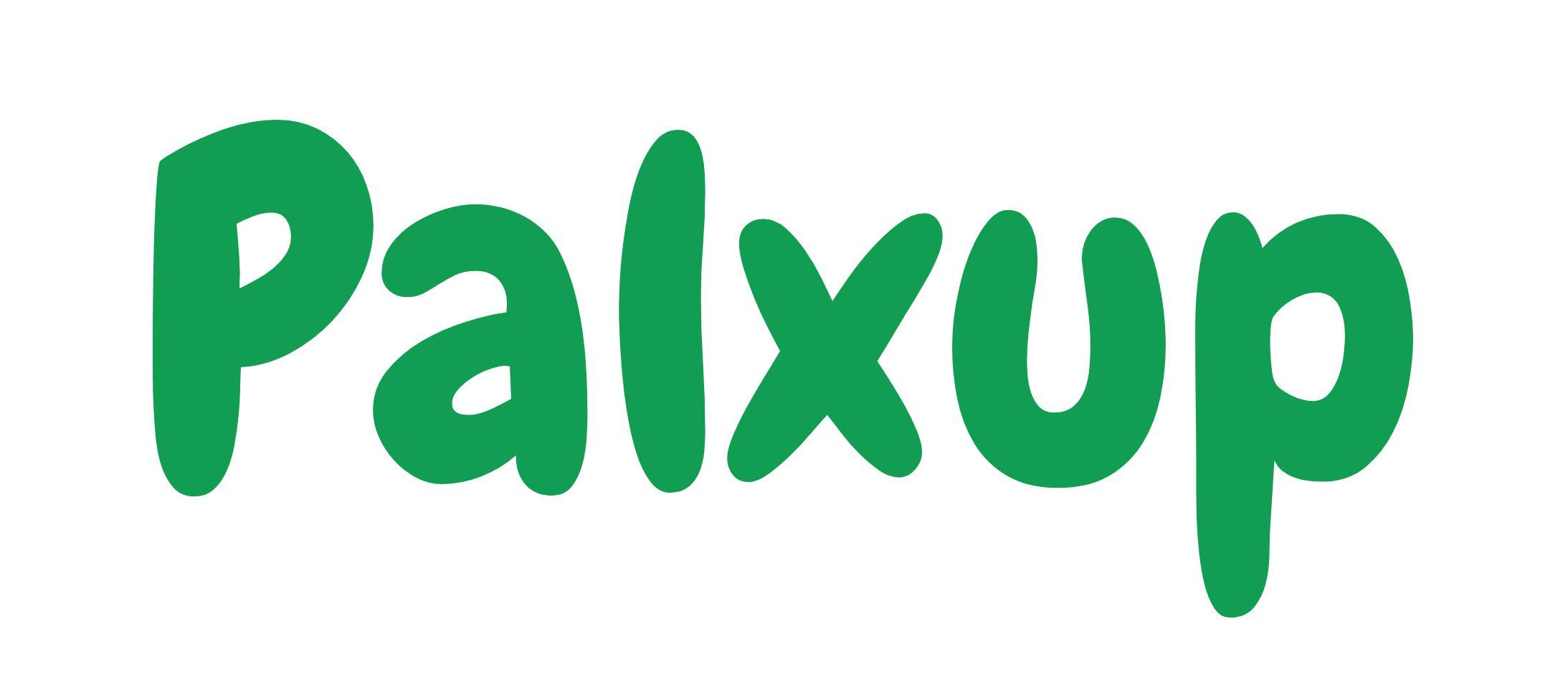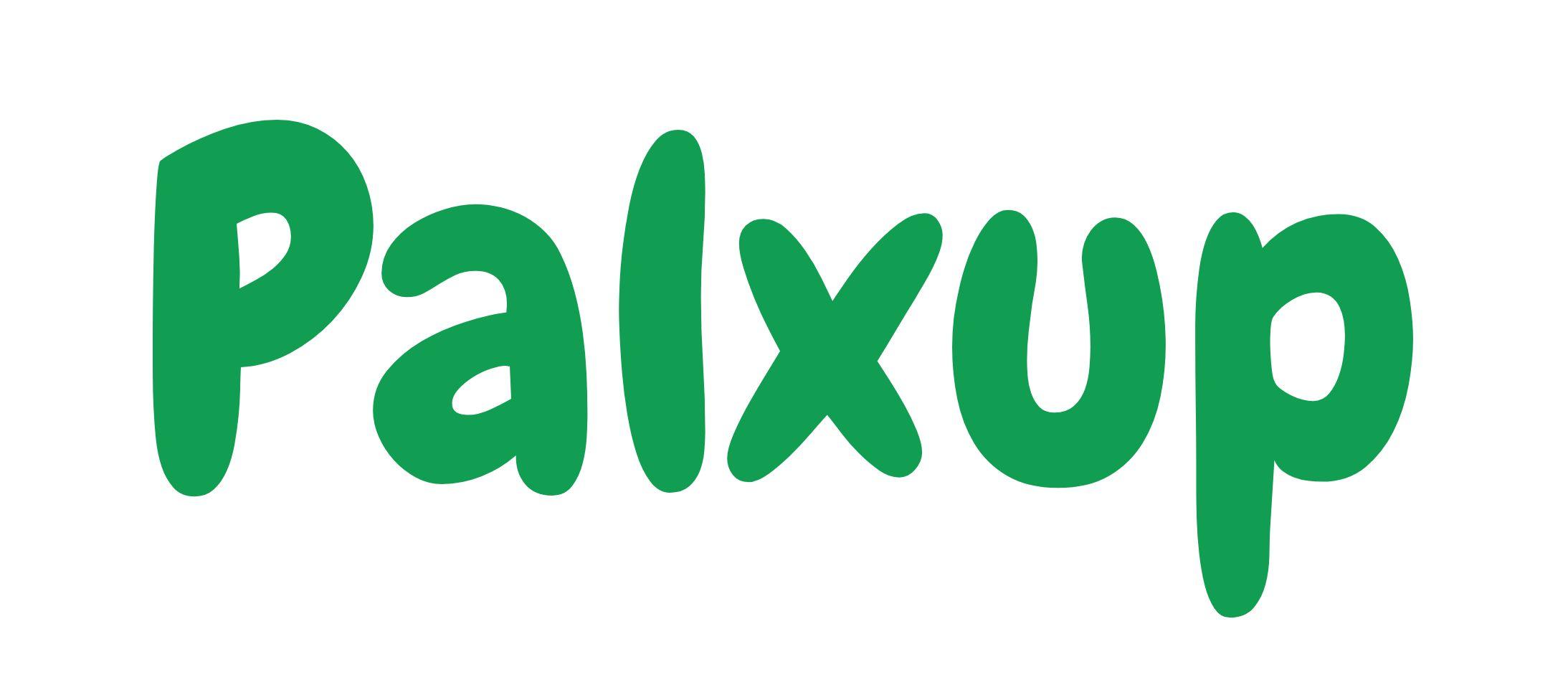PHASES OF VULNERABILITY MANAGEMENT
Vulnerability management typically involves several phases to effectively identify, assess, prioritize, mitigate, and monitor vulnerabilities within an organization's systems and networks. These phases commonly include:
1. Identification: This phase involves discovering and cataloguing potential vulnerabilities in the organization's infrastructure, applications, and systems. It may include automated scans, manual inspections, and monitoring of security advisories and threat intelligence feeds.
2. Assessment: Once vulnerabilities are identified, they need to be assessed to determine their severity and potential impact on the organization's assets and operations. This may involve vulnerability scanning tools, penetration testing, and risk assessments to quantify the level of risk associated with each vulnerability.
3. Prioritization: In this phase, vulnerabilities are prioritized based on their severity, potential impact, exploitability, and relevance to the organization's assets and operations. Prioritization helps allocate resources efficiently to address the most critical vulnerabilities first.
4. Mitigation: After prioritizing vulnerabilities, mitigation strategies are implemented to reduce or eliminate the associated risks. This may involve applying patches, configuring security controls, implementing compensating controls, or deploying additional security measures to address identified vulnerabilities.
5. Verification: Once mitigations are applied, it's essential to verify that they were effective in reducing the risk posed by the vulnerabilities. This may involve re-scanning systems, conducting follow-up assessments, or performing validation testing to ensure that vulnerabilities are adequately addressed.
6. Monitoring and Review: Vulnerability management is an ongoing process, and organizations need to continuously monitor their systems and networks for new vulnerabilities, emerging threats, and changes in the threat landscape. Regular reviews of vulnerability management processes help identify areas for improvement and ensure that the organization remains resilient to evolving cyber threats.
By following these phases of vulnerability management, organizations can effectively identify, prioritize, and mitigate vulnerabilities to reduce the risk of security breaches and protect their assets and operations from cyber threats.
Top Vulnerability Analysis Tools -
https://www.infosectrain.com/blog/top-vulnerability-analysis-tools/ PHASES OF VULNERABILITY MANAGEMENT
Vulnerability management typically involves several phases to effectively identify, assess, prioritize, mitigate, and monitor vulnerabilities within an organization's systems and networks. These phases commonly include:
1. Identification: This phase involves discovering and cataloguing potential vulnerabilities in the organization's infrastructure, applications, and systems. It may include automated scans, manual inspections, and monitoring of security advisories and threat intelligence feeds.
2. Assessment: Once vulnerabilities are identified, they need to be assessed to determine their severity and potential impact on the organization's assets and operations. This may involve vulnerability scanning tools, penetration testing, and risk assessments to quantify the level of risk associated with each vulnerability.
3. Prioritization: In this phase, vulnerabilities are prioritized based on their severity, potential impact, exploitability, and relevance to the organization's assets and operations. Prioritization helps allocate resources efficiently to address the most critical vulnerabilities first.
4. Mitigation: After prioritizing vulnerabilities, mitigation strategies are implemented to reduce or eliminate the associated risks. This may involve applying patches, configuring security controls, implementing compensating controls, or deploying additional security measures to address identified vulnerabilities.
5. Verification: Once mitigations are applied, it's essential to verify that they were effective in reducing the risk posed by the vulnerabilities. This may involve re-scanning systems, conducting follow-up assessments, or performing validation testing to ensure that vulnerabilities are adequately addressed.
6. Monitoring and Review: Vulnerability management is an ongoing process, and organizations need to continuously monitor their systems and networks for new vulnerabilities, emerging threats, and changes in the threat landscape. Regular reviews of vulnerability management processes help identify areas for improvement and ensure that the organization remains resilient to evolving cyber threats.
By following these phases of vulnerability management, organizations can effectively identify, prioritize, and mitigate vulnerabilities to reduce the risk of security breaches and protect their assets and operations from cyber threats.
Top Vulnerability Analysis Tools - https://www.infosectrain.com/blog/top-vulnerability-analysis-tools/











